What are Robotics?
Thanks to a huge rise in the demand for automation, robotics has quickly established a place in today’s society, with RPA (robotics process automation) already prevalent in industries like manufacturing, cleaning and healthcare.
Robotics Process Automation presents opportunities to transform an organisation’s processes through turning over high volumes of low skilled tasks to offering new skills training opportunities to the workforce.
But we’re still relatively skeptical and many fear the job losses, worker displacement and a new technological dependency that could impact the way we work and learn in the future that we’re not ready for.
Whilst the argument for an against robotics isn’t one that is about to conclude any time soon, what is perhaps more constructive is knowing WHEN to apply robotics process automation and equally, when not to. It’s simply not a straightforward case of Robot versus Human, and here’s why:
Robot versus Human – Robotics 1 Human 0
Removing monotony – repetitive and mundane work can be hugely demoralising and seriously impact motivation in the back office. Robotics can remove monotony and low-skilled tasks and we can already see examples of this in the back office for high volume, rules-based tasks such as invoicing and data entry.
Productivity – humans can offer a personality and judgement that robotics will never replace. However, where mere mortals fall short is an ability to work a 24 shift with no breaks, holidays or sick leave. A robot can work continuously, churning out high volumes of work efficiently and at a significantly lower cost.
Accuracy – robotics guarantee an improvement to a process by eliminating errors – thus reducing risk for heavily regulated industries like the financial sector.
Robot versus Human – Robotics 0 Humans 1
But whilst robots can offer round-the-clock resource without breaks in activity, lacking the ‘human touch’ can also compromise other human characteristics vital in a variety of situations; judgement and common sense. So, understanding the right time to allocate a robotics process based on the potential risk factor is paramount.
Understanding the need – Robots can only follow a process that they are programmed to carry out, and if the process is wrong they will continue to make the same errors. Begin by applying robotics to such tasks like data gathering and other low skilled work, leaving the ‘thinking’, such as approval, to the human. Later the robot can be ‘trained’ further – and this is likely to become more common in the future with more affordable AI.
Be cautious at the initial stages of an initiative, when you may not yet fully understand the process or the exceptions. Being confident that you understand the organisational challenge is the first step to ensuring that RPA is effective and adds value.
Unforeseen costs – Someone will ultimately have to be responsible for this third system – the robot – so understanding the ownership cost versus the the benefits of applying robotics to a process could highlight that the timing is not quite right yet.
Whilst some people are still relatively skeptical, an element of caution is both understandable and sensible, especially when new technologies could present major changes to processes and systems. However, understanding the right time to apply robotics could be the key unlocking great potential to both the company and its level of productivity, not to mention providing opportunities to employees in terms of new skills training and new job roles and responsibility.
OPX applies Robotics AND human activity to back office processes
Award-winning, back office workforce optimisation tool OPX uses skills and rules to define which cases are suitable for robotics and which ones are not. This means that OPX can successfully mix and match robotics tasks and human activities in the same process for maximum value. OPX can also integrate with exiting RPA activities that are already in place.
Corporate Modelling helps clients to become more productive, eliminate mistakes and eradicate waste. Why not request a free, live OPX demo from the comfort of your office?







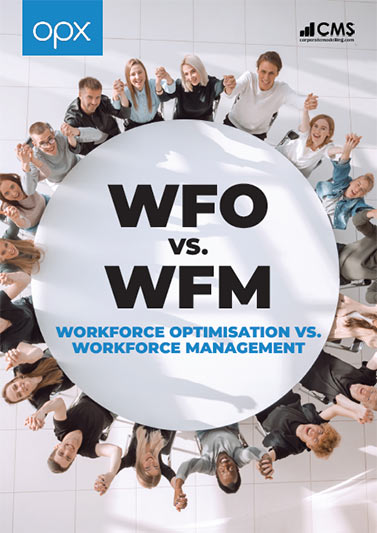 Thank you for your interest in our whitepaper. You can download Workforce Optimisation vs Workforce Management by clicking the button below.
Thank you for your interest in our whitepaper. You can download Workforce Optimisation vs Workforce Management by clicking the button below. Thank you for your interest in our case study. You can download the HCL IBS Case Study by clicking the button below.
Thank you for your interest in our case study. You can download the HCL IBS Case Study by clicking the button below. Thank you for your interest in our case study. You can download the ReAssure Case Study by clicking the button below.
Thank you for your interest in our case study. You can download the ReAssure Case Study by clicking the button below. Thank you for your interest in our case study. You can download the Student Loans Case Study by clicking the button below.
Thank you for your interest in our case study. You can download the Student Loans Case Study by clicking the button below. Thank you for your interest in our case study. You can download the Principality Building Society Case Study by clicking the button below.
Thank you for your interest in our case study. You can download the Principality Building Society Case Study by clicking the button below.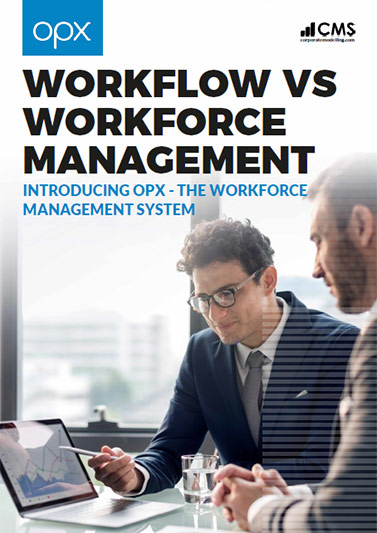 Thank you for your interest in our whitepaper. You can download WorkFlow vs WorkForce Management by clicking the button below.
Thank you for your interest in our whitepaper. You can download WorkFlow vs WorkForce Management by clicking the button below. Thank you for your interest in our whitepaper. You can download Homeworking in Financial Services Operations by clicking the button below.
Thank you for your interest in our whitepaper. You can download Homeworking in Financial Services Operations by clicking the button below.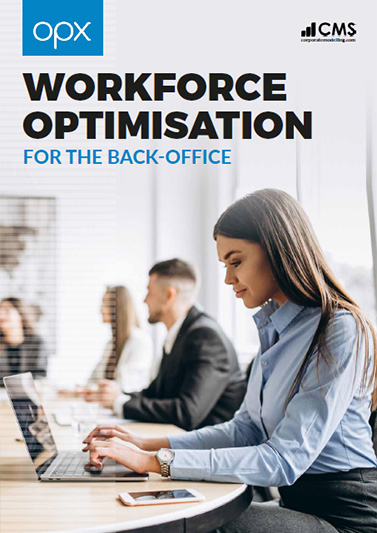 Thank you for your interest in our whitepaper. You can download Workforce Optimisation for the Back Office by clicking the button below.
Thank you for your interest in our whitepaper. You can download Workforce Optimisation for the Back Office by clicking the button below.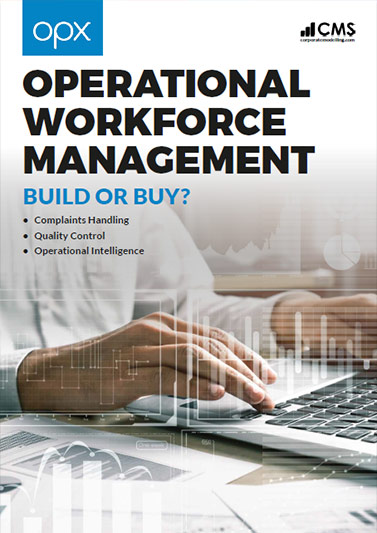 Thank you for your interest in our whitepaper. You can download Operational Workforce Management: Build or Buy? by clicking the button below.
Thank you for your interest in our whitepaper. You can download Operational Workforce Management: Build or Buy? by clicking the button below. Thank you for your interest in our whitepaper. You can download Homeworking & Back Office Workforce Optimisation by clicking the button below.
Thank you for your interest in our whitepaper. You can download Homeworking & Back Office Workforce Optimisation by clicking the button below.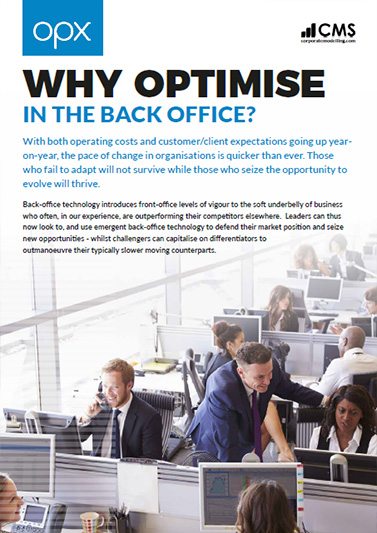 Thank you for your interest in our whitepaper. You can download Why Optimise in the Back Office? by clicking the button below.
Thank you for your interest in our whitepaper. You can download Why Optimise in the Back Office? by clicking the button below.